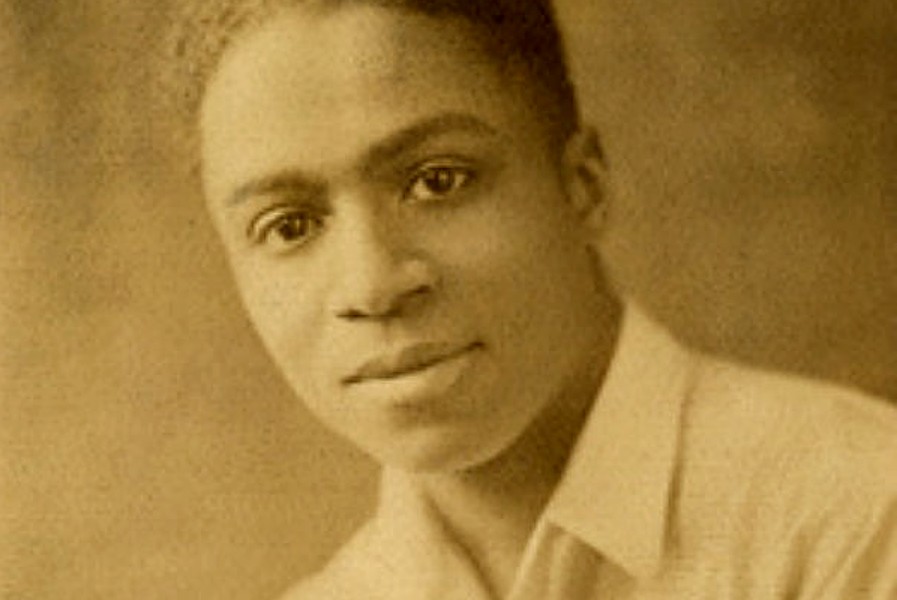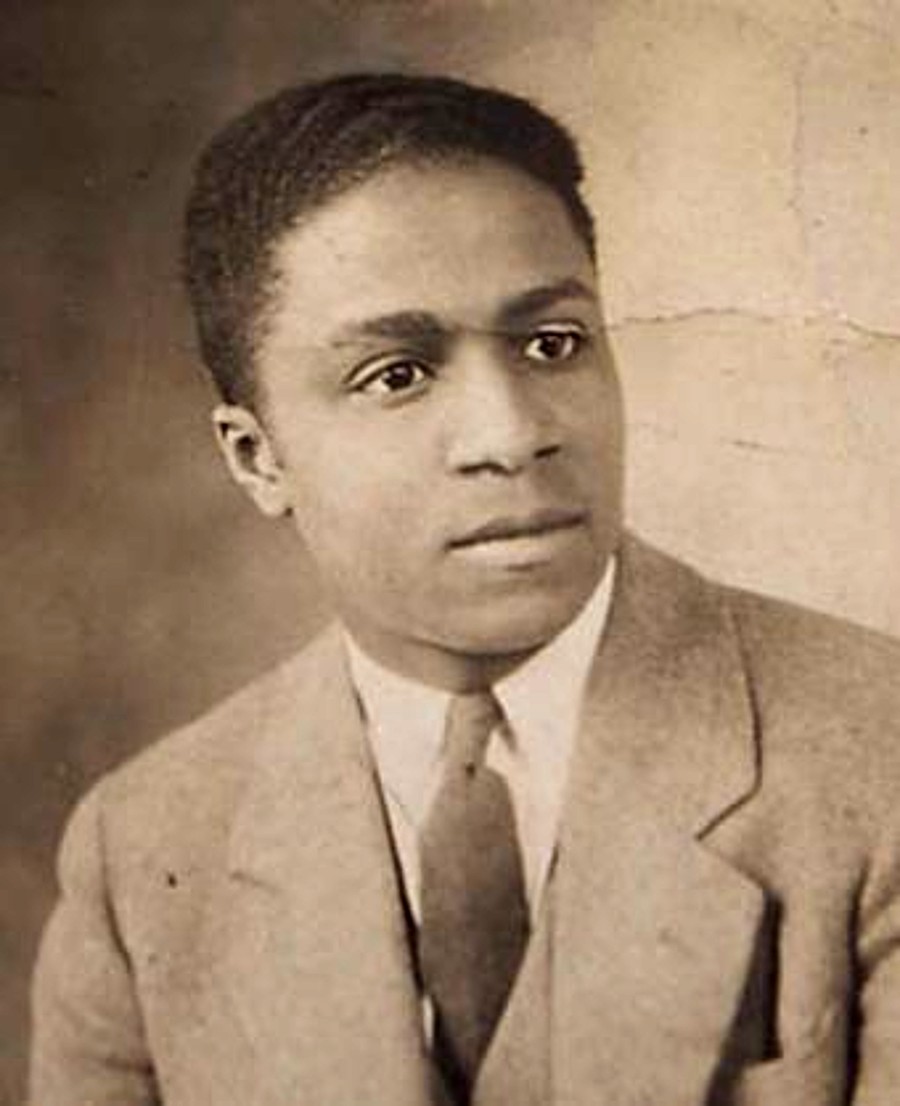 Rudolph Fisher, May 9, 1897, Washington, DC – December 26, 1934, was a Harlem physician, radiologist, novelist, short story writer, dramatist, musician, orator and Harlemite.
Rudolph Fisher, May 9, 1897, Washington, DC – December 26, 1934, was a Harlem physician, radiologist, novelist, short story writer, dramatist, musician, orator and Harlemite.
His parents were John Wesley Fisher, a clergyman, and Glendora Williamson. Fisher had three children.
His first published work, “City of Refuge”, appeared in the Atlantic Monthly of February 1925. Even as his scientific career was taking off, Fisher was soaking up the sights, sounds of smells of Harlem, just as urban blacks were leading the sweeping literary, musical, and artistic revolution known as the “Harlem Renaissance.”
Fisher reveled in the explosion of African-American culture and expression, from critically acknowledged art housed in gritty galleries to raucous cabaret performed in bawdy nightclubs. He fell in with rising black literary talents such as Langston Hughes, who described Fisher as the “wittiest of these New Negroes of Harlem. [He] always frightened me a little, because he could think of the most incisively clever things to say, and I could never think of anything to answer.”
He went on in 1932 to write The Conjure-Man Dies, the first novel with a black detective as well as the first detective novel with only black characters. Fisher was also a physician, dramatist, musician, and orator.
He was an active participant in the Harlem Renaissance, primarily as a novelist, but also as a musician.
AALBC writes that:
Fisher wrote short stories depicting the multifaceted black urban experience that are still acclaimed today for their humor, grace, and objective view of Harlem life. Through his words, wrote the New York Times Book Review, “one feels, smells, and tastes his Harlem; its people come alive and one cares about them.”
Brown University wrote:
“It is one of Rudolph Fisher’s achievements that he delivered Harlem’s breadth and vitality so consistently and extensively,” wrote John McCluskey Jr. in an introduction to a collection of Fisher’s writing. “Of all the Renaissance fiction writers, it is to him we must turn time and time again to get the flavor, the music and the poetry of the 1920s ‘black capital of the world.’”
Born in Washington, DC in the late nineteenth century, Fisher grew up in Providence, Rhode Island graduating from Classical High School and attending Brown University.
He earned his Bachelor of Arts from Brown in 1919, where he delivered the valedictory address, and received a Master of Arts a year later.
He went on to attend Howard University Medical School and graduated in 1924.
He came to New York City in 1925 to take up a fellowship at College of Physicians and Surgeons at Columbia University on 116th Street…
He came to New York City in 1925 to take up a fellowship at the College of Physicians and Surgeons at Columbia University on 116th Street in Harlem.
During that time, he published two scientific articles of his research on treating bacteriophage viruses with ultraviolet light.
In that same year Fisher married Jane Ryder, and they had one son, Hugh, who was born in 1926. After his fellowship ended, he had a private practice on Long Island.
In 1930, Fisher became superintendent of International Hospital, a black-owned private hospital on Seventh Avenue in Harlem, but the hospital went bankrupt in October 1931.
In 1930, Fisher became superintendent of International Hospital, a black-owned private hospital on Seventh Avenue in Harlem, but the hospital went bankrupt in October 1931.
Fisher died after unsuccessful abdominal surgery in 1934 at the age of 37. He was buried in Woodlawn Cemetery in The Bronx, New York City.
Photo credit: 1) Rudolph Fisher (source). 2) Rudolph Fisher, Student orator, Class of 1919, Brown University Archives (source).
Become a Harlem Insider!
By submitting this form, you are consenting to receive marketing emails from: . You can revoke your consent to receive emails at any time by using the SafeUnsubscribe® link, found at the bottom of every email. Emails are serviced by Constant Contact









